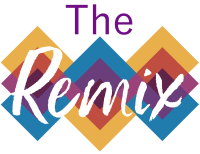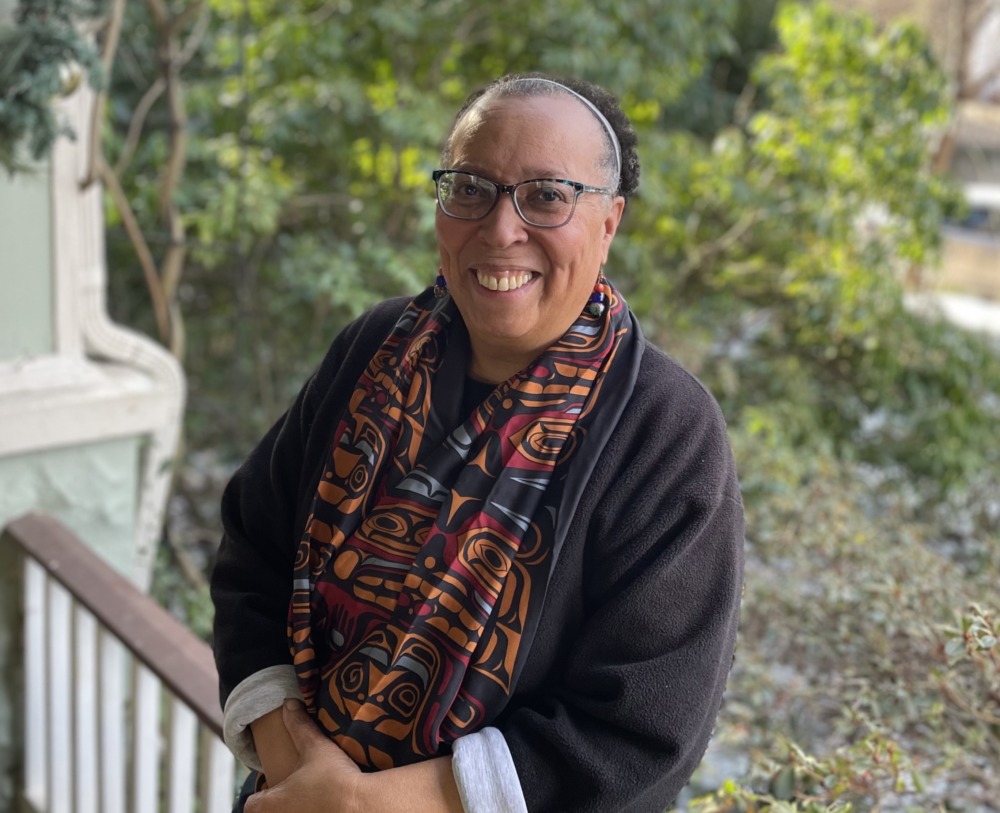Funders are finding innovative ways to respond to the triple inequities borne by the youth workforce: low pay, low benefits and low status.
 Last year, the Lilly Endowment made an unprecedented $90 million investment in Indiana’s youth programs, offering grants up to $1 million for programming, capacity building and capital projects. This year, Lilly committed an additional $20 million to fund the Youth Worker Well-Being Project to provide out of school time (OST), child welfare, mental health and shelter staff access to telehealth services, mental health counseling and peer learning groups. The next phase will focus on professional development for emerging leaders of color.
Last year, the Lilly Endowment made an unprecedented $90 million investment in Indiana’s youth programs, offering grants up to $1 million for programming, capacity building and capital projects. This year, Lilly committed an additional $20 million to fund the Youth Worker Well-Being Project to provide out of school time (OST), child welfare, mental health and shelter staff access to telehealth services, mental health counseling and peer learning groups. The next phase will focus on professional development for emerging leaders of color.
The Grantmakers for Education OST Impact Group is producing a landscape scan, funded by the C.S. Mott Foundation, to highlight emerging workforce solutions and make recommendations to funders on how their investments can support high-quality jobs and a more sustainable workforce.
The Sanneh Foundation’s investment strategy is the one that got me the most excited. Can affordable housing make the “low-pay, low-opportunity” afterschool field fairer for workers? chronicles the Foundation’s commitment to supporting its young adult workforce. The Foundation, started by Tony Sanneh, a former professional soccer player, runs free sports camps and OST opportunities for low-income, urban and immigrant youth. It is committed to hiring and training young adults who want to serve their community. When the foundation surveyed its workers, it found that housing insecurity was a major issue: one in 10 employees lacked a permanent place to live. They started by offering employees housing vouchers, paying security deposits and co-signing leases. They’ve just purchased their second home where 14 of their 50 youth workers pay $600 a month for rent and utilities, receive weekly food boxes and have access to supportive mental health services.
This solution is more than responsive. It is developmentally brilliant.
We all know that the youth work workforce, particularly those working in after-school and summer programs, is young (under 26). We also know that they are recruited from two pools with different strengths and needs: college students looking for interesting part-time work and community youth looking for meaningful full-time work. Both are often drawn to the roles because of positive experiences they had as teens.
I came into the field through the first door. As an Oberlin College undergrad, I stumbled into a summer job that gave me a crash course in how to create immersive learning environments. I spent three summers at the High Scope Educational Camp for Teens, started by David Weikart, the educational psychologist who conducted the Perry Preschool Study and used the camp to hone the adaptation of active learning approach for teens.
Because of those summers, I abandoned my career goal to become a middle-school math teacher and set out to find ways to move out the two lessons I learned:
- Young people (especially those with limited positive learning experiences) actively embrace their potential when they are in learning environments in which they feel safe, supported, challenged and respected for who they are.
- Young adults (especially those with limited teaching experience) can learn to create these environments where they feel safe, supported, challenged and respected for who they are.
I wasn’t paid much. But I was housed and fed. Most importantly, I was coached along with my peer counselors as we struggled to engage specific students or develop sticky learning experiences. I got to act and reflect on my actions within a safe, supportive, challenging environment. The completeness of the experience was priceless.
Youth workers need to be paid more. They, and their programs and their students, need the stability that comes with ensuring more of them have full-time, year-round employment so they can do the things outside of the room (planning, reading, connecting) that make the in-the-room experiences better. They need better career pathways.
But, as the Center for the Developing Adolescent reminds us, adolescent brains are still developing in their mid-twenties. The young adults who are being onboarded as staff should also be onboarded as participants in programs that meet them where they are: as potentially inexperienced job seekers, apartment leasers, college goers, personal finance managers and social capital builders.
I am reminded of the National Afterschool Association’s Thriving Workforce Initiative. Many of the twelve components of a thriving workforce shine through in the Sanneh Foundation’s effort. I wouldn’t be at all surprised to learn that the 14 staff who are in the Sanneh Foundation housing do better at and stay longer in their jobs than their peers. And that advantage will likely carry over into their next jobs wherever they might be.
Having the responsibility to help program youth fulfill their potential provides young staffers the opportunity to continue to fill theirs. Better pay, better benefits, and better hours reduce life stressors. Professional development increases program quality. But the formal and informal coaching, bonding and sharing that comes with being a part of a posse on the same journey is transformative. These intangible investments are the gift that keeps on giving.
Most youth development organizations are motivated to make these investments. Convincing boards and funders one organization at a time, however, is not the way to go. Every community needs a local intermediary to make the case, compile cross-organization data and coordinate the development of supports, services and opportunities that send the signal that youth work, like teaching, is a field.
***
Karen Pittman is a partner at KP Catalysts and the founder and former CEO of the Forum for Youth Investment.




























